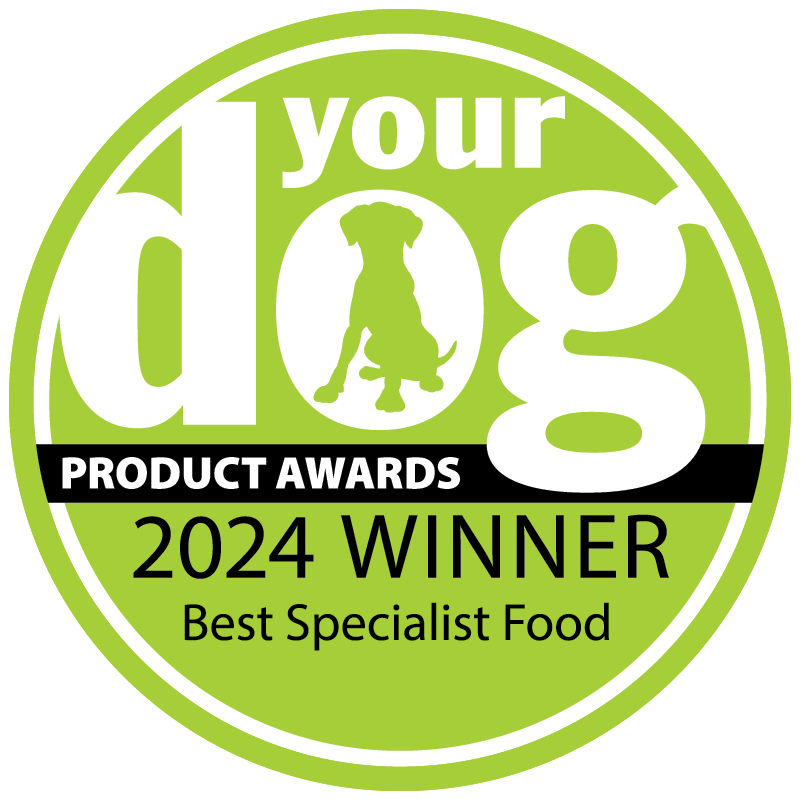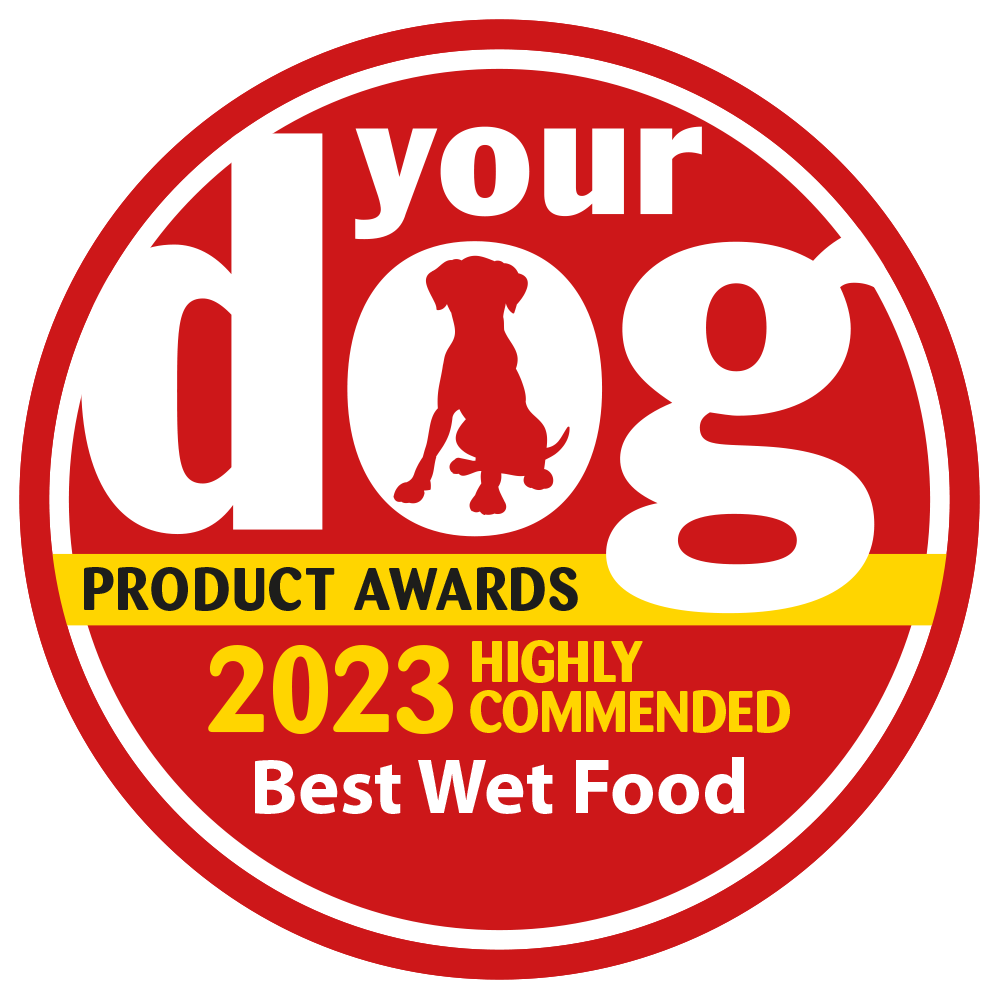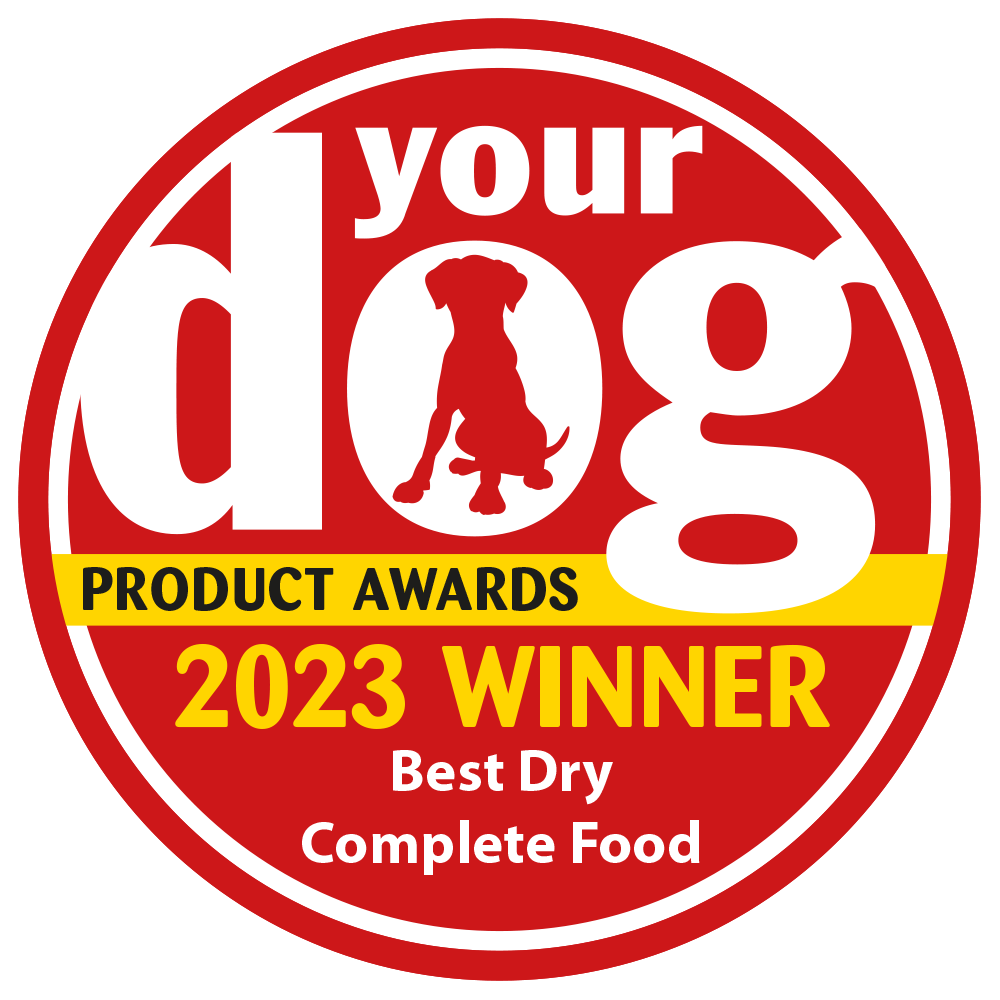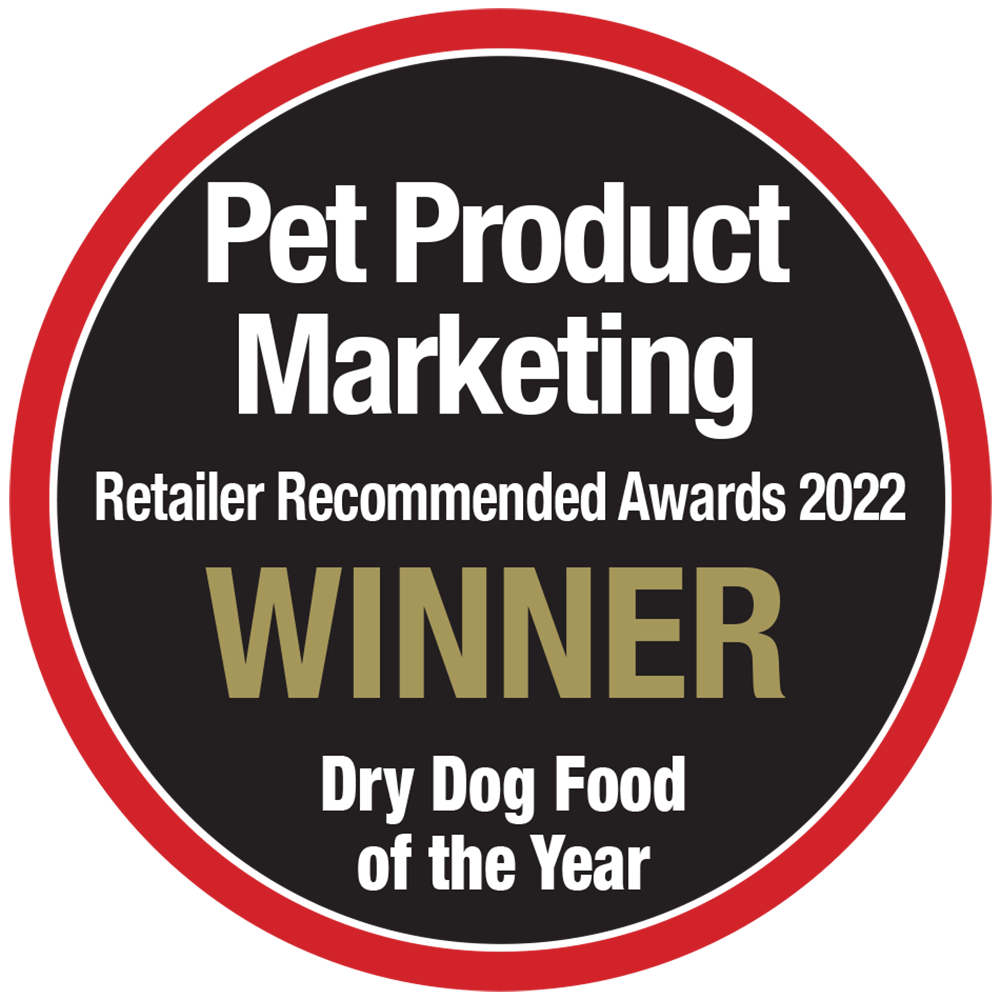
It’s always distressing to know that your dog’s struggling, and that includes skin allergies, whether identified or not.
At Burns, we believe in the holistic approach to pet health. This means that giving them the right nutrients and a healthy input will result in a healthy output. Put simply: you are what you eat.
Fortunately, there are things that you can look out for in a dog food to make sure it’s the best quality for your dog and their sensitive skin.
The best place to start is by making sure that your dog’s food contains top-quality ingredients that have your pet’s health in mind. This is something we take seriously at Burns – if we wouldn’t eat it, it doesn’t go in! Our pet food contains high quality ingredients such as wholegrain brown rice and high quality lean protein.
Beef, wheat and dairy are some of the most common allergens for pets. That’s why we avoid them. Our diets are focused around novel proteins such as lamb, fish, or duck, to help keep your pet’s stomach healthy.
Try to avoid foods that list “meat or animal derivatives” as an ingredient. This lack of specificity will make it difficult to identify which type of meat your pet is having issues with, if any. Instead, opt for single-sourced protein dog food, so that you know exactly what your dog is eating.
Omega-3 and omega-6 fatty acids are good types of fat that dogs can’t develop on their own, and are hugely beneficial to the maintenance of healthy skin and a healthy coat. You’ll see omega or essential fatty acids included in all our ingredients lists, but if this is a priority for your pet’s diet, a key place you can look for it is in diets that use fish as their main protein source.
Having your dog on a diet with limited ingredients will help you to identify what’s causing their itchy skin, if it is in fact caused by something they’re eating. An elimination diet is usually a good way to find out if your pet’s symptoms are a result of their food. If you move to a recipe with few ingredients, the allergen is less likely to be in both feeds.
Hypoallergenic dog food is feed that is likely to cause a reaction. These diets may use limited ingredients and/or novel protein sources to limit the chances of an allergen being present. However, what counts as hypoallergenic to individual dogs with allergies will depend on what they’re allergic to.
For example, a diet could be classed as hypoallergenic, but contain chicken. If your dog has food sensitivities to common protein sources, like chicken or beef, this wouldn’t be the best option for your particular dog. You would instead want to look for a novel protein diet, so something that uses alternatives as the main ingredient, such as duck, fish, or lamb. Alternatively, a grain free diet might be the best option for your canine companion if they’ve been struggling with gluten.
For a more comprehensive breakdown of the differences, have a look at our blog post: Hypoallergenic Diets vs Grain Free: What’s the Difference?
So now you know what to look for, but what are the reasons for your dog’s itchy skin, and what can you do to keep on top of it? There are multiple causes for itchy skin in dogs, but they can usually be broken down into dietary or environmental allergies.
To identify whether your dog’s itchiness is caused by their diet, have a look at our sister blog post: Top 5 Signs of Food Allergies in Dogs, where we’ve unpacked some of the most common symptoms that would indicate a food allergy in your dog.
Some dogs may experience skin issues during the spring and summer months each year, but these problems often improve when cooler weather arrives. This is likely due to environmental allergies, such as grass or tree pollen. While it’s challenging to completely avoid these allergens, ensuring that your dog receives plenty of Omega-3 fatty acids can help maintain the health of their skin barrier.
Did you know that the amount of food that your dog needs varies throughout the year?
In the summer, for example, your dog might be running around less due to the heat, whereas in winter they might enjoy longer bursts of activity, or swims in colder water. As a result, they’ll need more food to keep up with their calorie burning in the winter, and less in the summer to compensate for less activity.
Overfeeding or giving your dog a poor-quality diet can cause itchy skin, as it can aggravate a pre-existing condition as it can cause them to live in a state of inflammation. Be sure to adjust the quantity of food you give to your dog in line with their activity levels throughout the year.
Veterinary surgeon John Burns founded Burns Pet Nutrition in 1993, and our approach to pet food has always been the same: we create healthy pet food that will support the optimal function of your pet’s body and mind.
Caring for itchy skin starts from within, so start your dog’s lifestyle improvement with Burns’ itchy skin dog food today.
We understand that every pet’s dietary needs vary. That’s why we offer six different specialist diets on top of our standard range, so that every pet can get the nutrition they need, without sacrifice.
Even if your dog doesn’t have a food allergy, when fed a high-quality diet, their body and mind will thank you.
Shop Burns’ hypoallergenic food range for your pet’s itchy skin.







